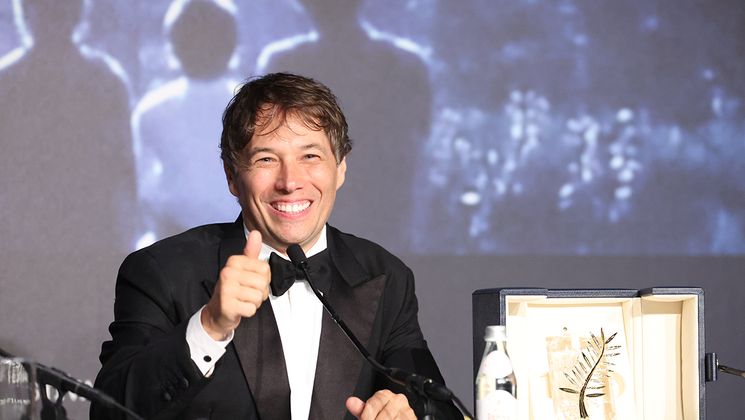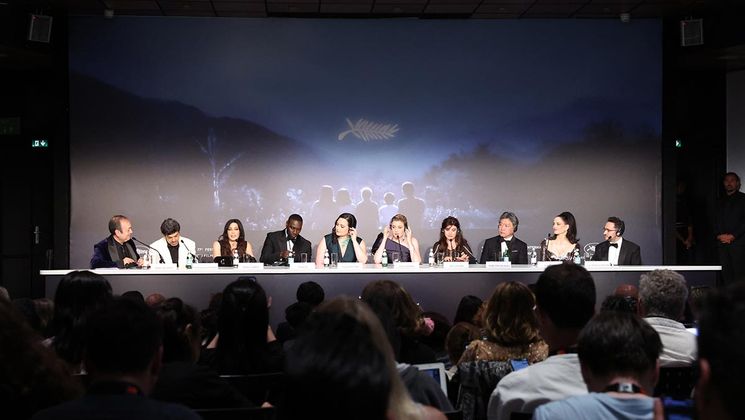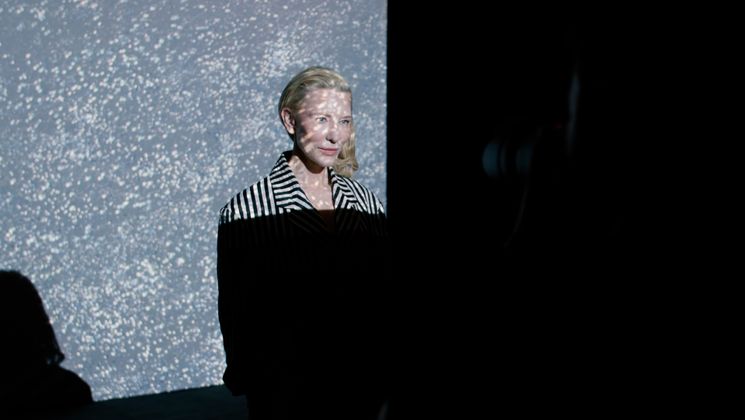
Boyz N the Hood, John Singleton’s autobiographical manifesto

In 1991, with Boyz N the Hood, director John Singleton presented an incisive plunge into the heart of an American ghetto in Los Angeles, following a group of three boys as they transitioned from youth to adulthood. Here are three reasons for (re)discovering this autobiographical feature film screened in Cannes, which received two nominations at the Oscars.
For this implacable portrait of the violence in American ghettos
With its extremely raw dialogue, the film portrays the interracial violence that reigns in the ghettos of the United States. Boyz N the Hood is played out in three scenes, brilliantly directed by John Singleton, who was still a student in film school when he made the movie. The director, who died last April, confided that the film was inspired by his own personal experience. "One black American man out of twenty-one gets killed. For the most part, these crimes are committed by other black men," the film states at the outset.
For his trio of characters who want to change their destiny
Boyz N the Hood tells the story of Tre, Doughboy and Ricky, three boys raised in Los Angeles in the South Central ghetto. A place where poverty, gang violence and police brutality are an everyday reality. The three young men try as best they can to escape the downward spiral into which they are irremediably plunged by a world with no way out. Until the day that the bad company kept by Doughboy, who is a gang member, puts the three adolescent friends in a dramatic situation.
For its explosive soundtrack
The original soundtrack of the film gives pride of place to the American rap and hip hop scene, with artists like Compton's Most Wanted, 2 Live Crew and Toni! Toni! Toné! Boyz N the Hood opens to a cut by Ice Cube, a former member of the group Niggaz Wit Attitudes, who plays Doughboy, one of the three lead characters of the film.


